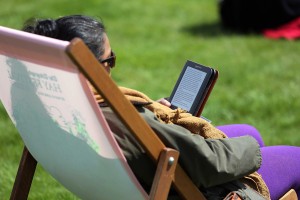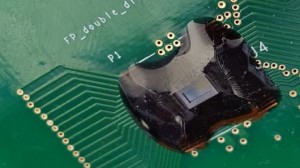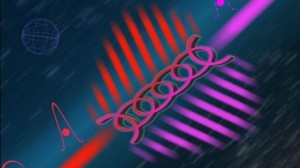Why the internet is giving us worse games, books and music
UNPUTDOWNABLE! This go-to accolade for book reviewers takes on a new meaning this week, when some authors will be paid by the number of pages read. But is it a good thing?
On 1 July, Amazon introduced a payment plan in which authors enrolled in its Kindle Direct Publishing Select scheme are paid royalties according to the number of pages read when their ebooks are borrowed from ebook “library” Kindle Unlimited. But critics claim this pay-per-page system could change the type of books written, favouring easy-to-read page-turners over difficult, literary works.
It is the latest example of firms and artists struggling to find a balance when it comes to digital distribution. Last week, Taylor Swift persuaded Apple Music to pay for songs played during its free three-month trial period, which it hadn’t intended to do. And Steam, the largest online game store, has revealed that the vast majority of games on its site sell fewer than 32,000 copies – many at a reduced price – which isn’t enough for games studios to survive.
This wasn’t how it was meant to be. “Digital distribution began with this real utopian vision of change,” says James Allen-Robertson at the University of Essex in Colchester, UK. The internet was hailed as a means for artists to find their audience and audiences their artist. But that hasn’t happened. “All these platforms have opened up access to creators, but now the markets are so saturated it’s hard to be found,” he says.
This is having negative effects on the creators. Belgium-based games studio Tale of Tales announced that it would no longer be making games for commercial release after its latest title, Sunset, sold just 4000 copies, despite getting good reviews.
Part of the problem is that the internet is dominated by just a few platforms, like Amazon, Spotify and Steam. Also, instead of searching for new music or books ourselves, we tend to follow what is recommended automatically. But algorithms tend to recommend things that are alike. “It forces a homogenisation of content,” says Auriea Harvey, one of the pair behind Tale of Tales.
In response, a few artists game the system. Music streaming services like Spotify pay a small fee for each play of a song. Some people now release hundreds of albums of mediocre music on Spotify, betting that the economy of scale will result in at least one or two plays – and thus fees. Last week, another group launched Eternify, an app that will play the first 30 seconds of a Spotify song – the minimum needed to qualify for payment – on repeat. Another band launched Sleepify, an album of silence, and encouraged fans to leave it playing to generate royalties. Spotify has now removed both apps.
Similarly, Amazon’s payment model is a reaction to authors gaming their previous system – in which fees were paid if 10 per cent of a book was read – by dividing novels up into serial form.
The tussle over digital distribution will continue to change the works produced. It may not pay to create songs with a slow build-up, for example, as listeners on Spotify may skip ahead before the 30-second payment mark is reached. “The past has shown that the mode of delivery does have a significant impact on the way a thing is expressed,” says Allen-Robertson.
References:http://www.newscientist.com/




